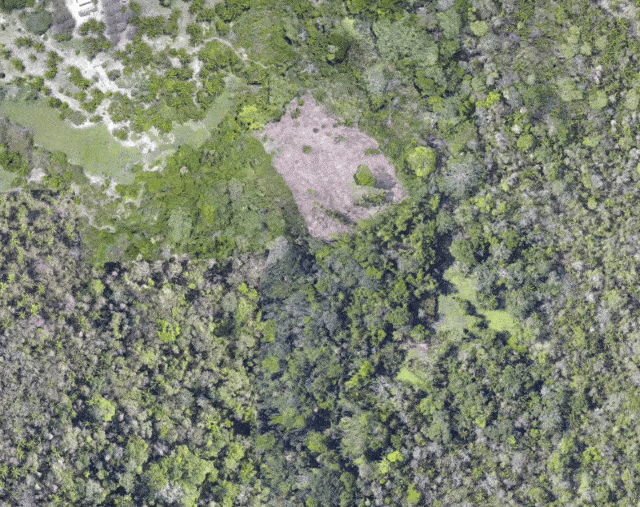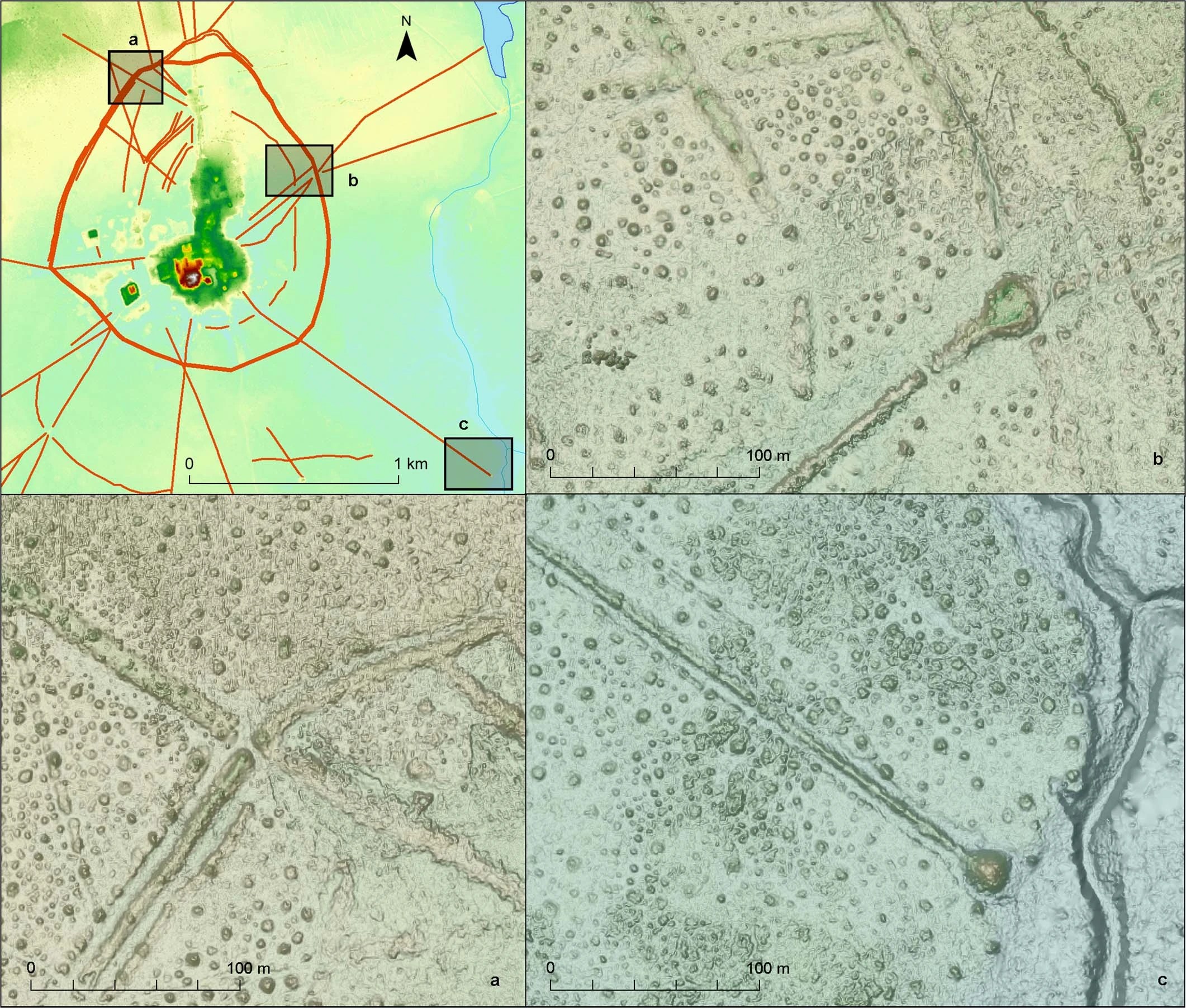It’s Friday and the world is falling apart, so let’s just take a short mental health break with some interesting news out of the field of archaeology, where tech is enabling some fascinating new discoveries. A new lidar-powered analysis of land in the Amazon basin has provided evidence of a previously unknown urban center of “mind blowing” complexity.
To be clear, that doesn’t mean ancient aliens or long-lost technology, just that it far exceeds the expected levels of organization and population that scholars considered possible for Amazonians of 1,500 years ago.
“Nobody expected that kind of society in that region … pyramids 20 meters high,” said Heiko Prümers, of the German Archaeological Institute, in a video produced by Nature. “The whole region has been so densely habitated during the pre-hispanic time, that’s incredible to believe. There is a new civilization, new culture, waiting for us to study them.”
Until recently it was thought that the Amazon had nothing but smaller tribes until the arrival of Spanish and Portuguese explorers — a typically Eurocentric view increasingly challenged by new scholarship. In this case Prümers was intrigued by mounds called lomas, hidden beneath the vegetation but hinting at something greater. Excavations showed that these were not rubbish dumps (as some thought) but organized areas for graves, rites and other things indicative of a complex, hierarchical society.
But finding bumps on the ground under the canopy of a rainforest is far from easy, so in 2019 they set out to scan the area by helicopter, using lidar to reconstruct the contours of the surface below the trees. This technique has proved highly fruitful recently, with whole Mayan cities and even a kilometer-long artificial earthwork uncovered that way.

Image Credits: Prümers et al.
Lidar beams pass between the leaves and branches, bouncing back to provide a surprisingly detailed look at the height of the ground beneath. And more than ever this data can be quickly collected and analyzed to produce a 3D point cloud easily inspected for hidden structures.
What the team found was more than a few new lomas: platforms, huge pyramids, defensive structures, reservoirs and canals and more connecting what appeared to be hundreds of settlements of various sizes. This flies in the face of assumptions that local peoples were nomadic or foraging cultures, not sedentary and agricultural ones.

Lidar imagery of features discovered in the Casarabe city using lidar. Image Credits: Prümers et al.
The Casarabe culture, as it has been named following its discovery, remain mostly a mystery. After all, its existence was only recently confirmed — but this provides a starting point for further investigation.
“We need to be patient and wait for further excavations in those sites to be able to explain something of what we are seeing right now,” said Prümers — though it’s work of a scale and duration that may require him to bequeath it to his students. “For me, who has worked over these last 20, 25 years in that region, it’s sort of a dream coming true! To say at the end of my career that, yeah, we have a new culture? That’s nice, I admit that.”
As in so many domains, tech is an enabler (Prümers estimated it might have taken 400 years of digs to unearth all the things they found using lidar) but can never replace the hard work and expertise that humans bring to the equation. You can read the full paper (it’s open access) in Nature.















 English (US) ·
English (US) ·